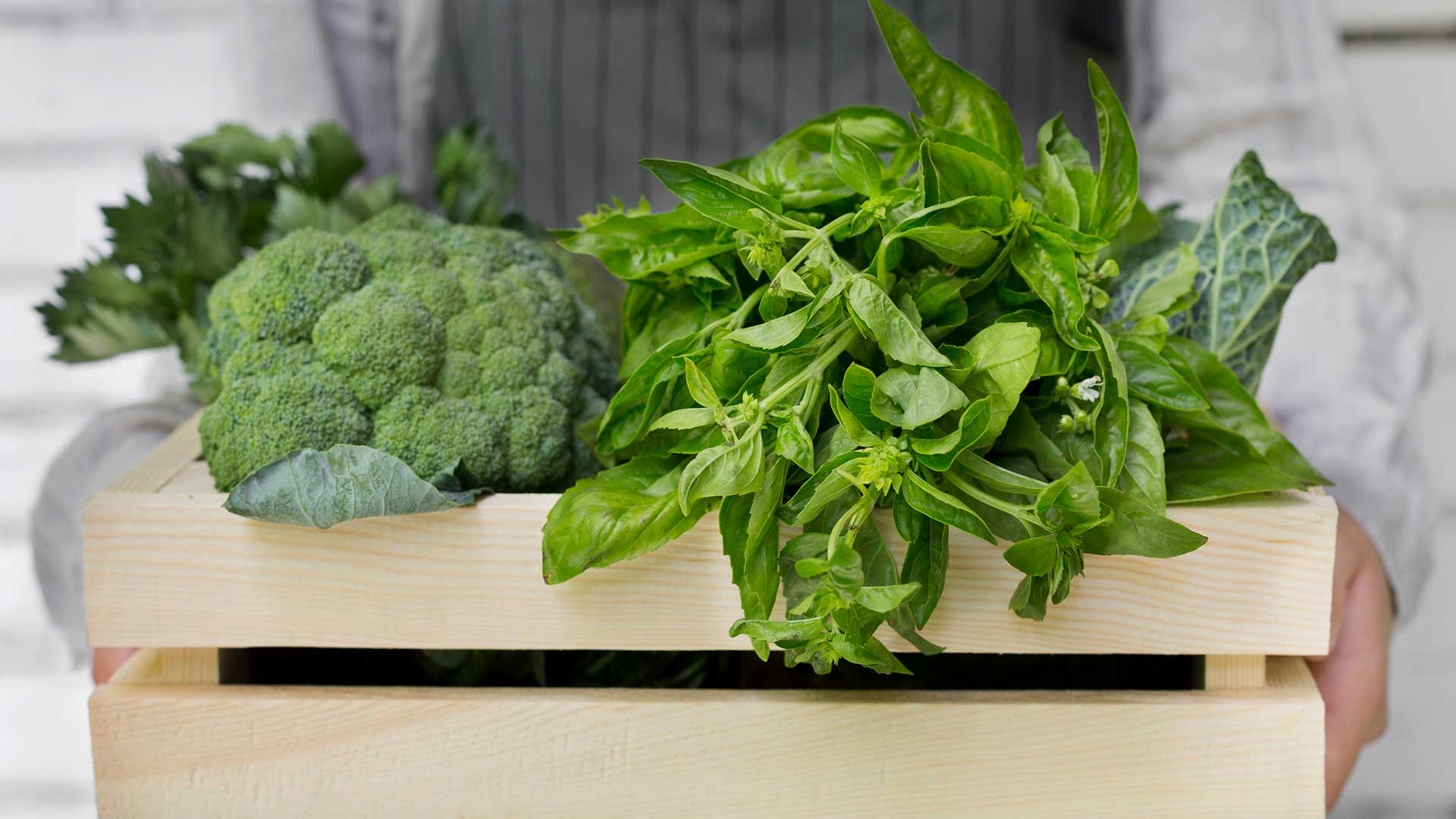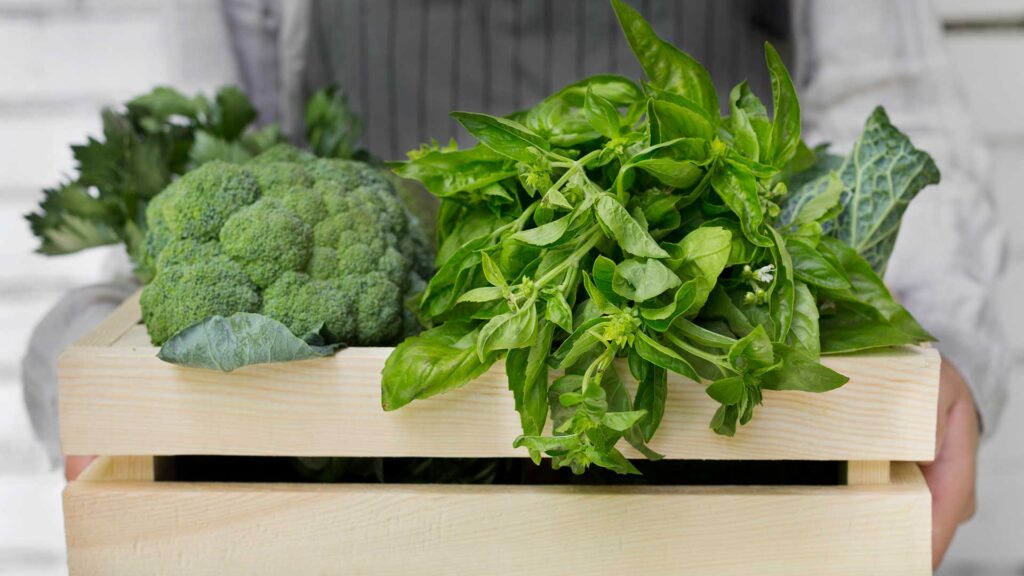What is companion planting, which has been around for a very long time? Companion planting centers around the creation of a diverse ecosystem within a given gardening environment – be it large or small. This diversity helps to minimize and repel insects, lessening disease pressures while maximizing production, yield, and taste. Plant species, proximity, and planting density play important roles in the level of success enjoyed. To get started, what goes with what? Let’s look over the short list of common garden crops and who they do and do not enjoy as neighbors.
Asparagus does well with tomatoes, basil, and parsley.
Beans like cabbage, carrots, cauliflower, corn, cucumbers, eggplant, leeks, lettuce, marigolds, parsnips, peas, potatoes, radishes, rosemary, savory, and strawberries, but do not like basil or onions.
Beets go well with the cabbage family, lettuce, onions, radishes, and sage but do not like anything in the mustard family.
Broccoli likes to be near beets, chamomile, dill, onions, peppermint, potatoes, rosemary, and sage. Locating broccoli near tomatoes or strawberries will not bring out the best in any of them.
Cabbage does well when placed in proximity to bush beans, carrots, chamomile, cucumbers, dill, lettuce, marigolds, nasturtiums, onions, peppermint, potatoes, rosemary, sage, and thyme but not when near strawberries or tomatoes.
Carrots like leeks, onions, peas, radishes, rosemary, sage, and tomatoes but do not like dill or parsnips.
Corn is happy when near beans, beets, cucumbers, melons, peas, early potatoes, pumpkins, soybeans, squash, and sunflowers, but no tomatoes, please.
Cucumbers flourish near beans, corn, lettuce, marigolds, nasturtiums, peas, radishes, and sunflowers but not when planted with potatoes.
Eggplant ishappy withgreen beans, peas, peppers, potatoes, and spinach.
Lettuce likes to be planted with almost everything, but is especially happy with carrots, cucumbers, garlic, onions, radishes, and strawberries.
Melons do well with corn, nasturtiums, radishes, and sunflowers, just do not put them near potatoes.
Onions like beets, everything in the cabbage family, carrots, chamomile, lettuce, peppers, spinach, strawberries, and tomatoes but not asparagus, beans, peas, or sage.
Peas planted with beans, carrots, chicory, corn, cucumbers, eggplant, parsley, early potatoes, radishes, spinach, strawberries, peppers, or turnips will do well but do not plant garlic or onions near peas.
Peppers and basil are a match made in heaven.
Potatoes like beans, the cabbage family, carrots, corn, horseradish, marigolds, onions, peas, and tansy but do not like cucumbers, fennel, the squash family, sunflowers, or turnips.
Pumpkins are happy near corn but not potatoes.
Radishes do well with beets, beans, carrots, cucumbers, lettuce, melons, mustard, nasturtiums, parsnips, peas, spinach, squash, and tomatoes. Do not rotate with anything in the cabbage family or hyssop.
Spinach likes cauliflower, corn, eggplant, and strawberries.
Squash lives nicely with beans, corn, nasturtiums, onions, and radishes, just no potatoes please.
Tomatoes should be planted with asparagus, basil, beans, borage, carrots, chives, cucumbers, garlic, lettuce, marigolds, peppermint, nasturtiums, onions, parsley, and peppers, but not with anything in the cabbage family, corn, or potatoes.
Turnips live contentedly with peas and radishes but keep them away from the mustard and cabbage families.
Watermelon and potatoes do very well together.
Attractant plants (Calendula, Marigold, Nasturtium, Cosmos, Chamomile, Savory, and Thyme) do one of two things – invite insect activity onto themselves or invite predator insects in to feed on undesirable pests. If they are successful in their invitations, expect them to have completely unattractive leaf and flower tissue, but this spares your edibles. Some plants are used to repel harmful pests and do so via scent, texture, and taste compounds – Garlic, Nasturtiums, Cosmos, and Wormwood are a handful of those.
Overall effectiveness of companion planting is dependent on pest populations, plant placement/proximity to target crops, soil health, environmental conditions, quality and health of the seeds or plants used, and general garden condition. It takes time to build up a good, diverse environment that encourages lasting effects. Scientific research has confirmed some of the benefits of portions of companion planting suggestions, while in other cases, research is purely anecdotal. Environmental factors within each environment can make a site perfect for a planting combination that will work there but not elsewhere. Trial and error are necessary. Using companion techniques requires a bit of puzzle solving to put the garden planting plan together each year. But as successive years stack up, a decrease in disease and insect pressures will be noticed. As a bonus, it provides a new and interesting way to play with plants.

